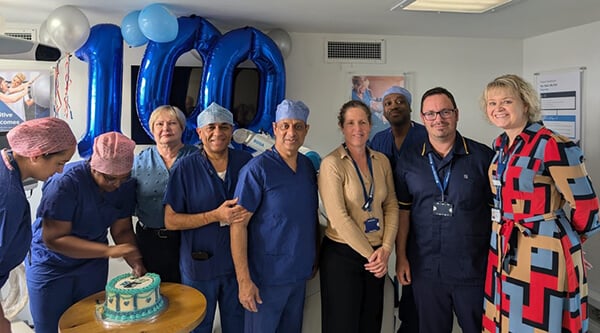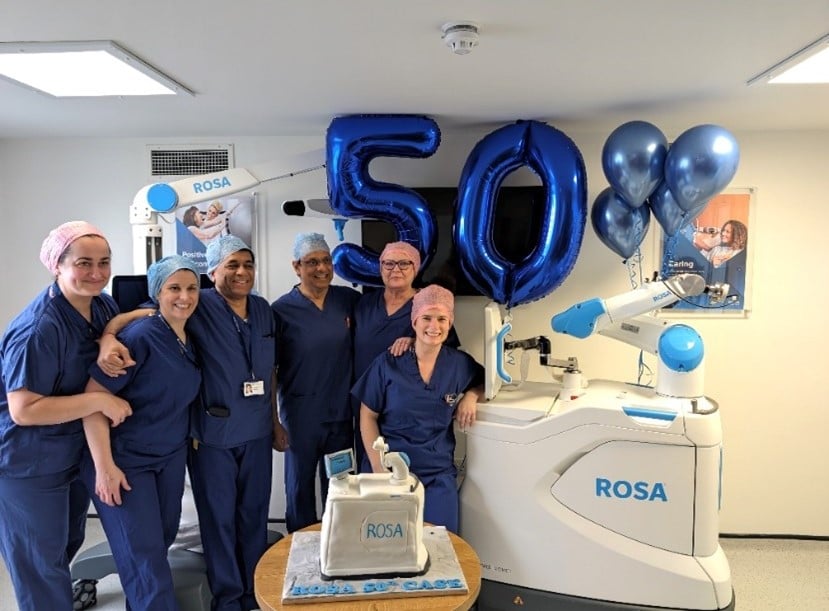Spinal decompression is a type of surgery used to give your spine nerves more space and relieve their compression. “Decompression” usually means removing tissue that is compressing a spinal nerve.
It can be performed anywhere along your spine from your neck (cervical) to your lower back. Lumbar decompression surgery relieves lower back neural impingement.
By reducing pressure on the nerves in your spine, spinal decompression surgery aims to improve symptoms such as persistent pain and numbness in the legs.
More space can be created in your spine by a number of different types of spinal decompression surgery. Often, these procedures are performed together. They include:
• Laminectomy – the complete removal of one of your vertebral bones, called the lamina, that is pressing on the affected nerve.
• Laminotomy - the removal of part of your lamina.
• Foraminotomy – the removal of bone spurs or tissue from your spine’s foramen, the nerve passageways, or space between your vertebrae through which your nerve roots exit the spinal column.
• Laminaplasty – the cutting of your laminae on one side and then “swinging” the freed bone open to expand your spinal canal in the cervical area.
• Discectomy/microdiscectomy – part of your damaged intervertebral disc is removed to relieve nerve pressure. Microdiscectomy uses minimally invasive surgery to remove the herniated disc.
• Disc replacement – replacement of a prolapsed disc with an artificial one.
• Spinal fusion - joining of two or more vertebrae together using a section of bone and sometimes instruments such as rods to stabilise and strengthen your spine.


